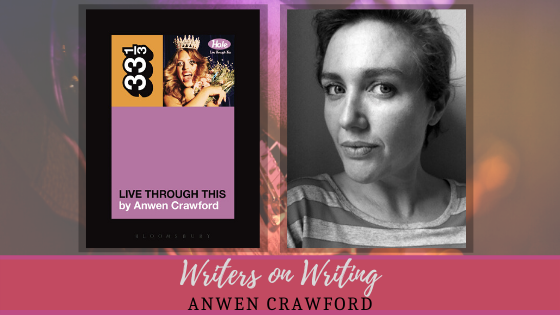
What are the basic hallmarks of creative non-fiction? How does it differ from other non-fiction forms?
Can I say right off the bat that the term “creative non-fiction” has always irritated me! The term seems to imply that there are forms of non-fiction that are not creative, and I just don’t think that’s true. Journalism is creative, academic writing is creative, all non-fiction writing is creative in the sense that decisions of craft and technique are always involved. “Creative non-fiction” is one of those labels that seems to have crept out from marketing departments, and like most genre labels, it’s very inadequate.
So, working from the assumption that all forms of non-fiction are “creative” in a fundamental sense, what does the term “creative non-fiction” imply, that distinguishes it from other non-fiction forms? Well, even this I’m not so sure about – genre distinctions always operate in ways that are both clumsy and vague. But I would venture to say that the subjectivity of a writer’s viewpoint and the distinctiveness of the authorial voice, expressed in terms of language choice, sentence construction, narrative construction and more, might distinguish what we think of as “creative non-fiction” from news journalism, for instance, where authorial subjectivity is generally subsumed to the demands of a newspaper’s overarching tone and style. “Creative non-fiction” might also flourish in the undefined, inter-genre zones where poetry, criticism, journalism, memoir, critical theory and more can meet. At least I hope so!
What inspires your writing? How much of the internal/external world do you use as inspiration?
A few years ago, I wrote out a quote from Wayne Koestenbaum’s My 1980s:
“Despite my best efforts, I existed in history, not as an agent but as a frightened, introspective observer. I began to fine-tune my sentences – a fastidiousness I learned from [Marianne] Moore’s prose. Precise sentences were my ideals, though in practice I was slipshod and sentimental. I began to seek a balance between improvisation and revision. I revised by endlessly retyping.”
The ideal of the precise sentence, the struggle against sentimentality on the page – while knowing myself to be thoroughly sentimental – and the question of how we exist inside history; how we experience history, how we live and create history as thing quite different from the abstraction of “history” as a roll-call of great men and great events: these are the things I return to, as a writer. Perhaps I tend towards the “external” world, but the challenge of the essay form, for instance, is how to trace the process of thought on the page. So material reality, and the subjective, internal experience of it, are always interlocked.
Who’s non-fiction do you love to read at the moment?
To be perfectly honest I’ve spent most of the past year reading novels, in part because I’ve been finishing a non-fiction manuscript. Any writer will know that at a certain point in the writing process you’re acutely susceptible to whatever you happen to reading – every other writer’s ideas and techniques seem better than yours. It’s not that I’m afraid of being influenced, because every writer has influences and to pretend otherwise is sheer vanity. But to save being bounced about like a pinball from one idea to another when I’m in the middle of writing something, I read outside of the field I’m working in. I have no aspirations to write a novel; I never have done. Reading novels is a delight that frees me from the hobgoblins of overt influence and professional jealousy. Which is not to say novelists have never inspired me, creatively – quite the opposite! Writing – and reading – is a strange and protean thing.
Anwen Crawford is a Sydney-based writer and critic. She is the music critic for the Monthly, and her essays have appeared in publications including Best Australian Essays, the New Yorker, Meanjin and Sydney Review of Books. She was awarded the 2016-17 NSW Writer’s Fellowship and was the 2017-18 UTS Writer in Residence. Her book, Live Through This (2015), is published by Bloomsbury, and her second book of non-fiction, No Document, is forthcoming in 2021 from Giramondo.
If you want to be the first to read great advice from our incredible tutors, subscribe to our weekly e-newsletter Newsbite.
